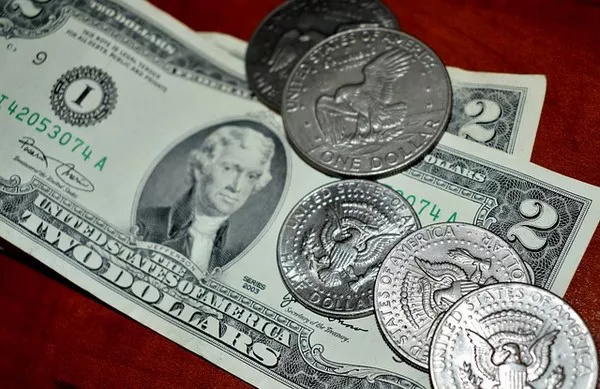The global economic landscape is marked by constant fluctuations, and speculation about the stability of major currencies is a common theme. Among these, the US dollar stands as the world’s primary reserve currency, underpinning international trade and finance. However, concerns and debates persist regarding the likelihood of a dollar collapse. In this article, we will delve into the factors influencing the stability of the dollar and analyze the probabilities of a collapse.
Historical Resilience:
The US dollar has weathered numerous economic storms throughout its history, demonstrating a remarkable resilience. From the Great Depression to the 2008 financial crisis, the dollar has not only survived but has often strengthened in the aftermath. Its status as the global reserve currency and the foundation of the world’s financial system has contributed to this robustness.
Global Reserve Currency:
One of the primary reasons for the dollar’s stability is its status as the world’s reserve currency. Central banks across the globe hold significant reserves in US dollars, contributing to its demand and reinforcing its value. This demand for dollars in international transactions has provided the United States with a unique economic advantage, enabling it to finance deficits and accumulate debt without facing the same consequences as other nations might.
Geopolitical Stability:
The geopolitical influence of the United States also plays a crucial role in the dollar’s stability. Despite occasional political uncertainties and shifts in global power dynamics, the US has maintained a relatively stable political environment. Investors view the dollar as a safe-haven asset during times of global unrest, further solidifying its position as a key currency.
Trade and Economic Strength:
The strength of the US economy is a fundamental factor in assessing the likelihood of a dollar collapse. Historically, the United States has demonstrated resilience in rebounding from economic downturns. The country’s diverse and innovative economy, supported by a robust institutional framework, contributes to its ability to adapt and recover.
Dollar’s Dominance in International Trade:
The widespread use of the dollar in international trade provides it with a level of stability that other currencies may lack. Many commodities, such as oil, are priced and traded in dollars, creating a constant demand for the currency. This global acceptance of the dollar in trade transactions further solidifies its position in the world economy.
Challenges and Concerns:
While the dollar has proven resilient, it is not immune to challenges. Several factors raise concerns and contribute to debates about the potential collapse of the currency.
Mounting Debt Levels: The United States has accumulated a substantial national debt, raising concerns about its long-term sustainability. If the country’s debt continues to grow at an unsustainable rate, it could potentially erode confidence in the dollar.
Inflationary Pressures: Persistent inflationary pressures can undermine the purchasing power of a currency. While moderate inflation is a natural part of economic growth, excessive inflation can lead to a loss of confidence in the currency, impacting its value.
Erosion of Economic Competitiveness: If the US were to face a sustained decline in economic competitiveness, it could weaken the dollar. Factors such as declining productivity, loss of technological leadership, or structural economic issues could contribute to such a scenario.
Alternative Reserve Currencies: The rise of alternative reserve currencies, such as the Chinese yuan and the Euro, poses a potential challenge to the dollar’s dominance. If these currencies gain wider acceptance and usage in global trade and finance, they could diminish the demand for the dollar.
See Also How Will Brics Affect The US Dollar
Conclusion:
In conclusion, while concerns about the dollar’s collapse persist, its historical resilience, global dominance, and geopolitical influence suggest that an outright collapse is unlikely in the near term. The dollar’s role as the world’s primary reserve currency, backed by a robust economy and geopolitical stability, provides a strong foundation for its continued strength.
However, challenges such as mounting debt levels, inflationary pressures, and the emergence of alternative currencies cannot be ignored. It is crucial for policymakers to address these issues proactively to ensure the long-term stability of the dollar. As the global economic landscape evolves, a comprehensive understanding of the factors influencing the dollar’s strength is essential for making informed predictions and decisions in the realm of international finance.


